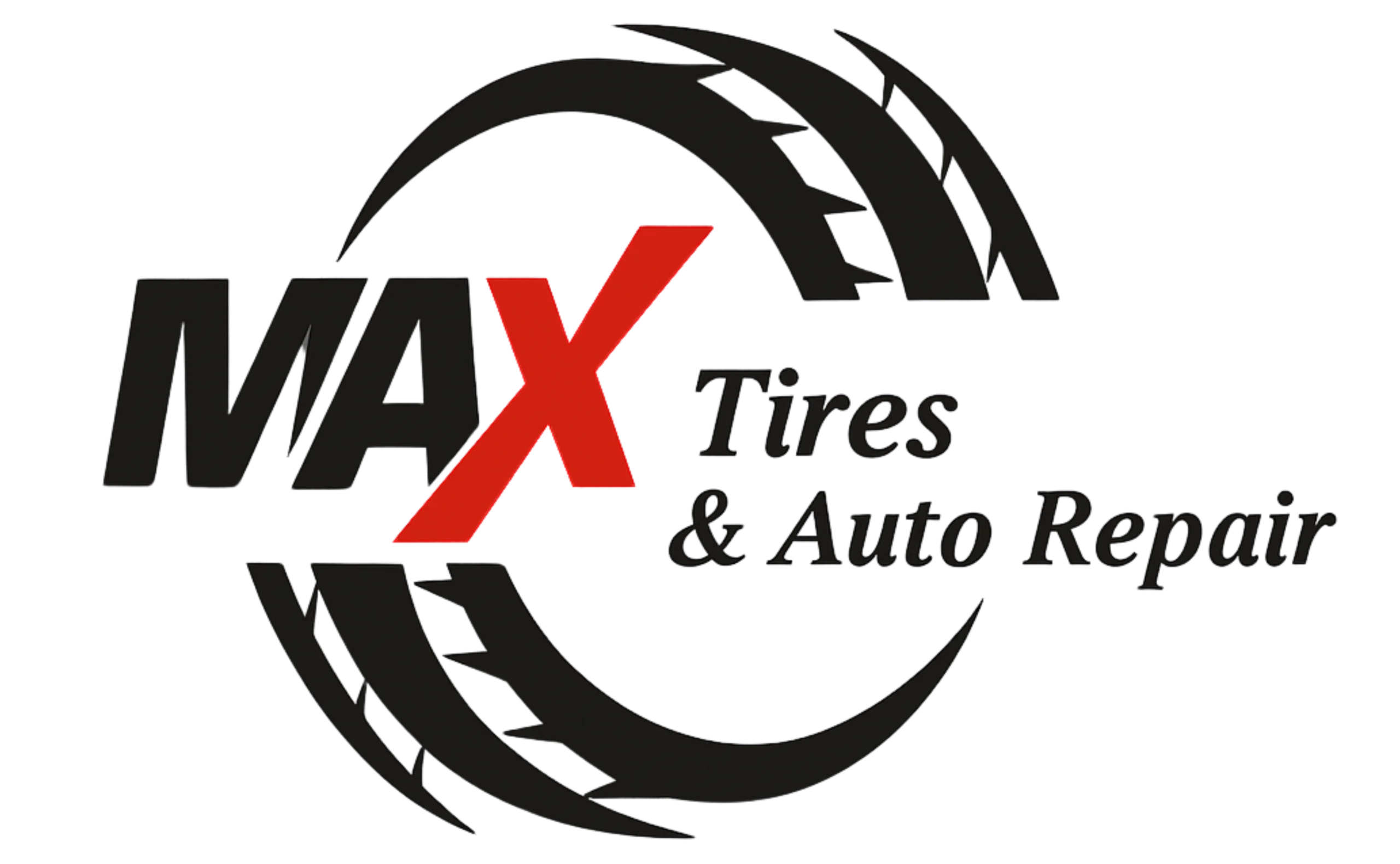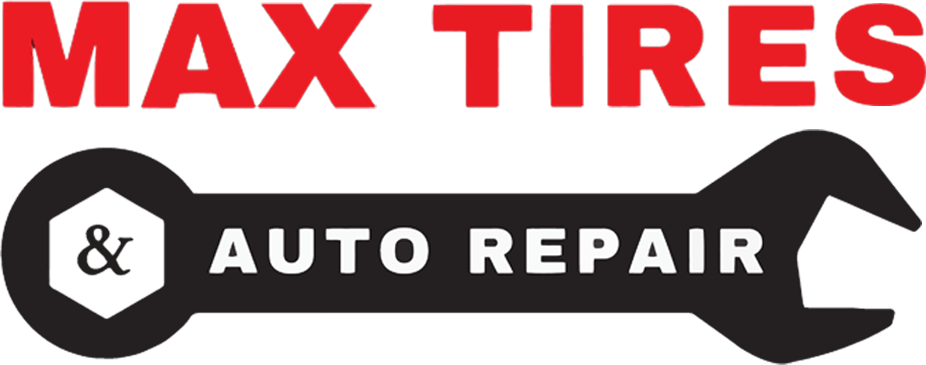Introduction
Imagine pressing your brake pedal and it feels a bit squishy. Your car slows down, but not with the crisp bite you’re used to. Your heart does a tiny flip. That uneasy feeling is your car talking to you. Often the message is simple. Your brake fluid needs attention.
If you live or drive in Natomas and the wider Sacramento area, you deal with summer heat, stop-and-go traffic, and highway runs on I-5. All of that works your brakes hard. In this friendly guide we’ll cover Brake Fluid Flush Basics, the signs to watch for, how often to flush, costs, and the difference between a brake flush and a brake bleed. We’ll keep it clear and simple so anyone can follow along.
Brake Fluid Flush Basics
What is brake fluid and why it matters
Brake fluid is the liquid power that carries the force from your foot at the pedal to the brakes at the wheels. It lets small pressure become big stopping power. Most brake fluids in everyday cars are glycol-based and they are hygroscopic. That means they absorb moisture from the air over time. Moisture lowers the fluid’s boiling point and can lead to corrosion inside the brake system. That is why fresh, clean fluid matters for safety and for the health of your brake parts.
How a brake fluid flush works
A brake fluid flush removes most of the old, moisture-contaminated fluid and replaces it with fresh fluid that meets your car’s spec. Think of it like swapping out stale soda for a new bottle. Same drink, better fizz. Your brakes feel firmer and more predictable when the fluid is clean. Many shops in the Sacramento area list this as brake service or brake maintenance near me.
Signs You Need a Brake Fluid Flush
If you notice any of these, it is time to get your system checked:
- Spongy or soft brake pedal that sinks farther than usual
- Brake warning light or ABS light on your dash
- Brake fluid color change from clear or light amber to dark brown
- Unusual braking response like longer stopping distance or reduced bite
These are common signals of bad or old brake fluid, leaks, or air in the lines. Get it checked quickly.
When to Flush: Expert Advice in Natomas
Start with your owner’s manual. Some automakers list a time or mileage. Many do not. If no interval is listed, AAA recommends flushing the brake system every two years to remove moisture and contaminants. That is a simple rule of thumb that keeps most daily drivers safe.
Kelley Blue Book’s service guide says many shops recommend about every 40,000 to 45,000 miles or every two years, whichever comes first. Heat and heavy stop-and-go driving can push you toward the early end of that range. Natomas summers are hot, which means your brakes run hotter too, so staying on schedule helps.
Brake Fluid Types and Considerations
You will see these names on caps and bottles:
- DOT 3 and DOT 4. Both are glycol-based. DOT 4 usually handles heat better and is common on many newer cars.
- DOT 5.1. Also glycol-based. Higher performance for heat and often used where extra margin is needed.
- DOT 5. Silicone-based. Do not mix it with DOT 3, DOT 4, or DOT 5.1. It is a different chemistry. Use only if your vehicle specifically calls for it.
Bottom line. Use what your cap or manual says. If your car calls for DOT 3, DOT 4 is usually an approved upgrade, but check your manual or ask a mechanic first. Never mix DOT 5 with the others.
Brake Flush vs Brake Bleed
These terms sound alike but they are not the same service.
- Brake Bleed. Removes air bubbles from the lines. It is often done after a repair or if the pedal feels spongy due to air.
- Brake Fluid Flush. Replaces most of the old fluid with new fluid. It tackles moisture and contamination throughout the system.
A flush is the deeper clean. A bleed is a targeted fix for trapped air. KBB explains this difference clearly and it is a helpful guide when choosing service.
Cost comparison
- Brake fluid flush cost. KBB lists an average of about 173 to 205 dollars in the U.S. Your price in Sacramento can vary by vehicle and shop.
- Brake bleed cost. RepairPal’s estimate is about 114 to 167 dollars.
If your fluid is old and dark, a flush makes sense. If you just had a repair and the pedal feels airy, a bleed might be enough. Many shops perform both together during brake repair in Natomas.
Safety and Performance Benefits
A proper brake fluid flush can bring back a firm pedal, improve consistency on long downhill drives, and help prevent internal rust or sticky valves in ABS units. Manufacturers and safety bulletins warn that moisture in brake fluid can lead to deposits and performance issues over time. Keeping fluid fresh helps protect your brake system and extends the life of expensive parts.
A Quick Natomas Story
A local rideshare driver came into a shop for brake service in the Sacramento area. She reported soft brakes symptoms and longer stops after a hot week of airport runs. The tech checked the reservoir. The fluid was nearly black. There were no leaks. They performed a brake fluid flush Natomas drivers often ask about and bled the system to clear a few air bubbles. The pedal came back firm and the warning light stayed off. Simple fix. Big relief.
FAQs About Brake Fluid Flush
How long does a brake fluid flush take
Most shops finish in about 30 to 60 minutes. It can take longer if parts are rusty or the system needs extra bleeding.
Can I drive without a brake fluid flush
You can physically drive, but it is not wise if your fluid is contaminated or the pedal is soft. Bad fluid can reduce braking power and increase stopping distance. That is a safety risk for you and everyone around you.
DIY brake fluid flush vs professional
It is possible to DIY, but brakes are safety-critical. KBB notes you can do it yourself, though a pro has the tools and knows the correct sequence, torque, and fluid for your car. If you do DIY, use the right fluid, keep everything clean, and dispose of old fluid properly.
How often should brake fluid be changed
Check your owner’s manual first. If it does not say, AAA recommends every two years. If you drive in heat, tow, or sit in traffic often, stay on the early side.
Best brake fluid for cars
Use the type listed on your cap and in your manual. DOT 3 vs DOT 4 vs DOT 5.1 depends on your vehicle. Do not mix DOT 5 with the others. When in doubt, ask a trusted mechanic in Natomas.
Simple Checklist You Can Do Today
- Look at the brake fluid reservoir. If the level is low or the color is very dark, get it checked.
- Notice your pedal feel. Spongy or low pedal means you need service soon.
- Check your service history. If it has been about two years since your last flush, plan one.
Conclusion and Local CTA
Your brakes deserve the same care you give your tires and oil. Clean brake fluid keeps you safe, protects parts, and helps your car stop the way it should. If you are asking yourself Do I Need a Brake Fluid Flush, and you live in Natomas or the Sacramento area, let the pros take a look.
Ready to roll with confidence
Stop by Max Tires in Natomas for friendly, straight-talk brake system maintenance. We handle inspections, brake repair Natomas drivers trust, and full brake fluid flush service in Natomas that fits your car’s spec. Call us to book a quick check, or swing by and we will point you in the right direction the same day.


